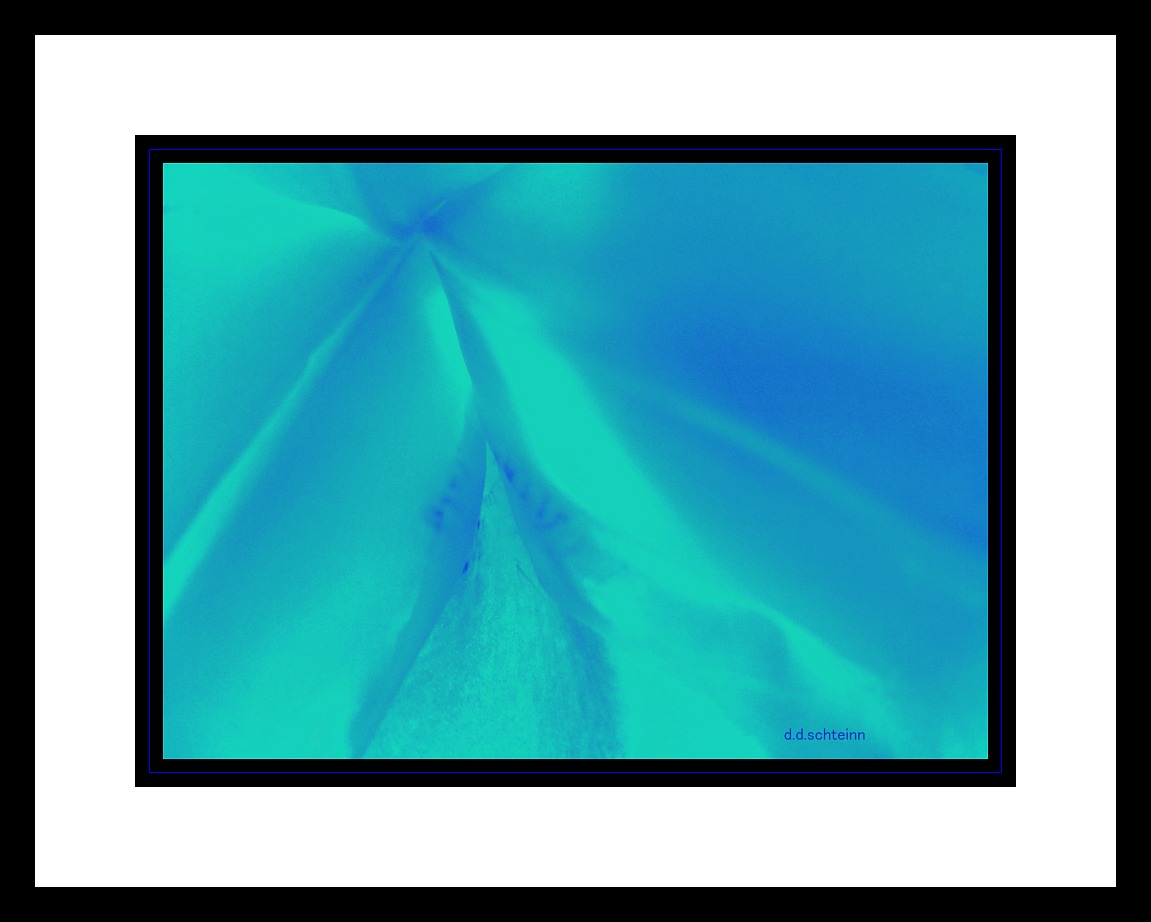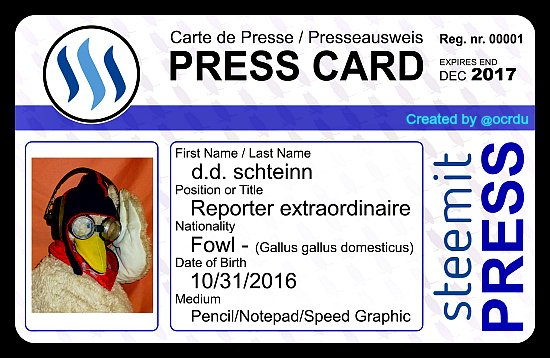A Schteinn Science Report - Circular~
Photographs taken by the Deep Space Explorer Satellite - MrPeabody IV. Designed and built by the Engineering Department of the Schteinn College Of The Sophisticated Sciences
~Neptune~

Florabioluminescis auroramagnetosphereus var. Neptuneplantetoides
Common Name: Aurora Neptunis Blue Glow-Flower
Neptune -- A Big, Odd, Green Glowing Ball
In fitting form, Neptune is the 7th planet away from the Sun, the last planet in the reaches of our solar system, and the 7th planet of our series Plants From Other Planets. A fitting end to this project, as Neptune is the last planet we shall visit in this study, and has a most interesting story of discovery from years ago.
y=mx+b(R-1)/1846 Pencils Out To: "There Must Be A Planet There SOMEWHERE"
Unlike most of the other planets, Neptune is not visible to the naked eye from Earth, and was originally discovered using mathematical predictions in the 1800's. A French mathematician named Le Verrier suggested the existence of an UN-known planet in this area of space, when it was noted that 'nearby' Uranus' orbit occasionally changed unexpectedly.(Caused by occasional proximity to another 'large-body' in space.)
In due time, the planet Neptune WAS observed via telescope, utilizing targeting information based on this mathematical prediction. Amazing to this Scientist that someone could come up with a formula to predict the location of a planet in dark space by simply doing some math, but then I have not received my Masters of Study in Mathematics yet, so completely understandable, if really pressed to think about it.
However you add up the numbers, predictions were made way back when, and have been substantiated by modern Science of today. Neptune certainly exists, and is an interesting planet of our solar system to take a closer look within.
Another Ice Giant
Being an ice giant, Neptune is composed of gases surrounding a rocky core, and is basically a gaseous ball, much like Saturn and Uranus. Like Uranus, Neptune is very cold, since it is so far from the Sun, and is therefor considered an ice giant.
Some of the key features of Neptune, are it's strong winds, massive and fluxuative magnetic field, and odd, bright blue color.
A Real Windbag
Even though it is far from the Sun, Neptune is a very windy planet, with winds nine times stronger than on Earth. Wind speeds of the planet reach as high as 1200 km/hr (750mph), and there is a constant process of streaming atmospheric gases, and huge cyclonic storms that rage for long periods of time over the planets gaseous surface.
Quite The Magnetic Personality Of A Planet
The magnetic field of Neptune is tilted on a plane of 47°, which leads to wildly fluctuating magnetic fields on the planet, as it spins in orbit around the Sun. (Interestingly, it takes 165 YEARS for the planet to revolve around the Sun. At such a rate, the planet has only been 'seen' from Earth to circumvent the Sun ONCE -- since it was 'discovered' by those of us here on Earth.)
A Huge, Colorful Ball Of Gas
Neptune is a highly colorful planet, showing hues of blue to bright blue. Much of the more normal, standard blue color comes from methane gases, but what causes the brighter blue coloration is still a large mystery. Until today. We at The Schteinn College of the Sophisticated Sciences feel we have solved this mystery, with our latest plant discovery you see here enclosed.
The Bright Blue Aurora Borealis Plant of Neptune
The photo enclosed in this publication is of a flowering plant unlike any we have seen anywhere in the Universe to date. The flower was collected by the auxiliary, planet-surface probe Sherm 128.2, and photographed once it returned to the Deep Space Explorer Satellite bay, which was then beamed back to us here on Earth.
When the probe was dropped down into the methane atmosphere of Neptune, it discovered a whirlwind of activity deep within the Epsilon layer of the second to last atmospheric staziopheric band of Neptune. The winds in these powerful jet streams were exceedingly high, and within the wind streams were floating thousands, if not millions of these diaphanous flowers.
We're Not In Kansas Anymore, Toto
Literal clouds of flowers, all circling the planet in huge waves, like tiny umbrellas, thrown up and into the strong, Southwestern winds of Kansas. The flowers were floating and flying all about the atmospheric winds of Neptune, circumventing the planet within the strong jet streams whizzing by.
What is truly amazing, is that these plants contain some sort of bio-luminescent material, much like a jellyfish or other animal on Earth that emits light when disturbed, also known as 'glowing in the dark'. Much like when one pokes and jiggles about with a stick onto the clear body of a beached jellyfish on the shores of the ocean on Earth. Every jab makes the jellyfish flash with electric-blue light.
What This All Means
In the case of Florabioluminescis a., it is obvious the wild, magnetic field changes of the planet Neptune are causing these plants to flash and glow, as the field enters their floral structure. The magnetism excites the bio-luminescent material, which gives the effect seen in the photograph above. This plant was stimulated for the photograph with the Beta side of a magnetronic gyroscopic sight, utilized in navigation on the MrPeabody craft. Hence the flower is glowing with the bright blue aura in the photo enclosed.
This activity is very similar to the activity of the Aurora Borealis on Earth. The process whereby the ionic storm input from the Sun reaching Earth causes disturbances in the magnetic fields of our planetary poles, thus giving off very bright, colorful displays in the sky. A very similar process occurs on Neptune, except it is a magnetic affect on the luminescence of the flowers, on a different planet, and not an ion-input stimulation.
On Neptune, these flowering plants floating around the planet on the wind emit a very bright, glowing blue light in massive display, as they rather violently breeze around the planet's atmospheric bands borne by the winds, all the while constantly bombarded by the magnetic field.
This bright, emitted blue luminescent glow is what gives Neptune the mysterious color we see from here on Earth. This activity could be compared to the colorful 'windflowers' one might find in certain dry habitats on Earth, though the existence of these plants on this planet is still somewhat in contention in some Scientific circles.
Future Research
We feel more attempts should be made to capture and study the Aurora Neptunis plants of Neptune, in future space trips to this fascinating planet. This would allow for the capture of these plants as they blow about in the planet's atmosphere, which would require space ships outfitted with some sort of huge, basket-like appendi -- much like a kitchen colander on a broomstick -- to snag the flowering plants as they waft on by.
What is truly exciting, is that these flowering plants could be used as a type of independent light source here on Earth, and further research into this theory is desirable. Just imagine it, a live, flowery lamp fixture on the ceiling of every household room, that emits light by just waving a magnet wand near it's vicinity. The possibilities are truly endless. Stay tuned for further developments.
Botanical Summary/Comparisons
Closest Comparative Plant on Earth: No plants, but jellyfish and other fishes of the planet Earth. Some insects as well.
Reproduction Methodology: UNKNOWN-Likely wind born gametophoric exchange
Size Range: One Sample, 20 cm across. More samples needed
Life Span: UNKNOWN
Colorization: Shades of cornflower to ultramarine phasing into periwinkle to Majorelle
Poste Script: This image may have received "just a wee bit" of manipulation by the author, to get the colors "just right" for this particular Deep Science Project.
Seven Day Series -- Photos Of Cool Plants Of Our Solar System
Indigo Saturday -- Planet Mercury
Violet Sunday -- Planet Venus
Red Monday -- Planet Mars
Orange Tuesday -- Planet Jupiter
Yellow Wednesday -- Planet Venus
Green Thursday -- Planet Uranus

[Official Science Press Credential Here]
A huge shout-out from the freelance Science Reporter's cardboard holler-horn goes out to the amazing @ocrdu for creating this marvy little identification credential for The Schteinn Science Report. Not only is it ultra-cool, but it allows me to poke about into databases and other places I'm probably not supposed to be. Though that IS the point of this on-the-edge, razor-sharp Science reportage.

See I told my son learning slope intercept form for lines was going to come in handy one day!!!
Downvoting a post can decrease pending rewards and make it less visible. Common reasons:
Submit
Beautiful flower with bright blue color from Neptune! Very interesting planet and it seemed to be great atmosphere over there, as reading from your report! Good comparison with the jellyfish, I can clearly see it! And it's really great idea! I would love to have a live, flowery lamp fixture on the ceiling of my house some day! ;)
Downvoting a post can decrease pending rewards and make it less visible. Common reasons:
Submit
Huge work you do dear friend @ddschteinn, I admire the development of his and his original creativity, congratulations dear friend for this innate talent that you own, thank you very much for sharing this beautiful image
I send you a hug and have a beautiful weekend
Downvoting a post can decrease pending rewards and make it less visible. Common reasons:
Submit